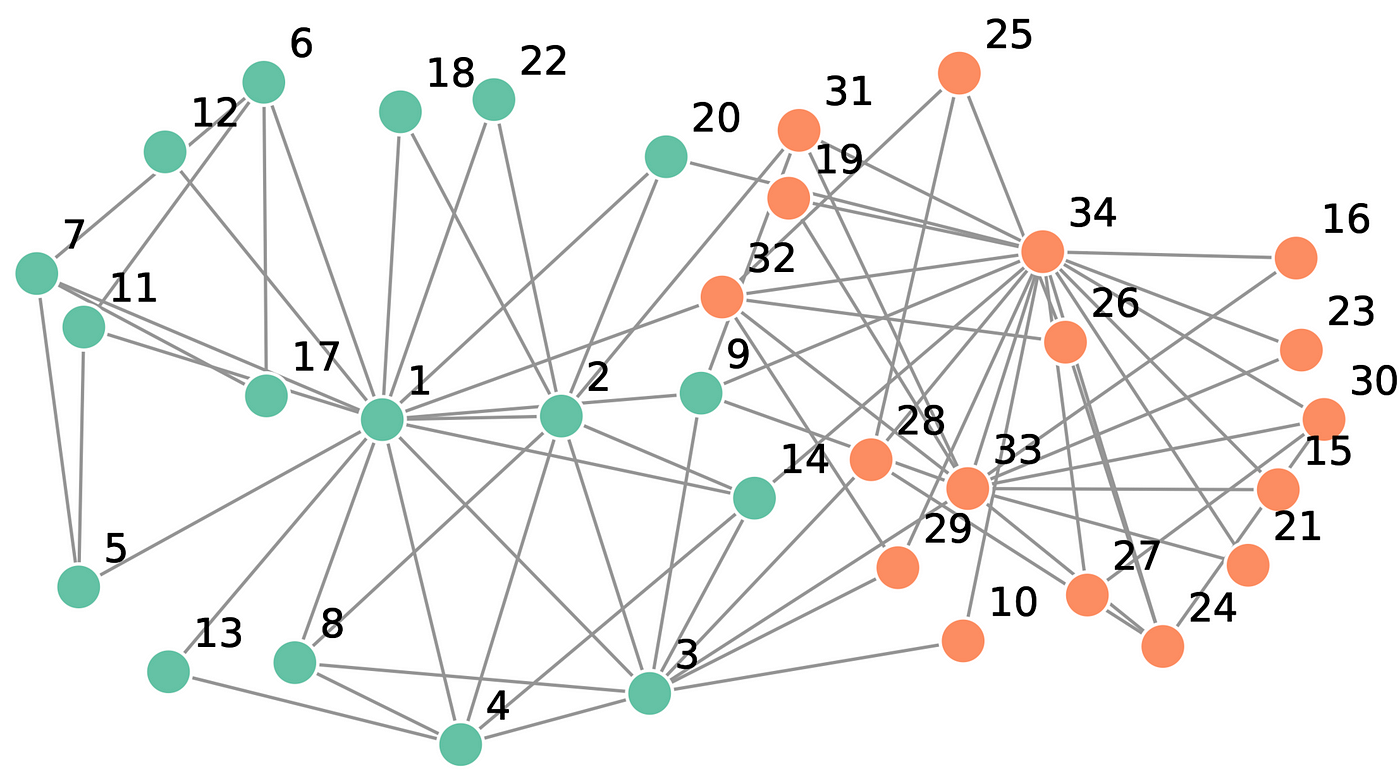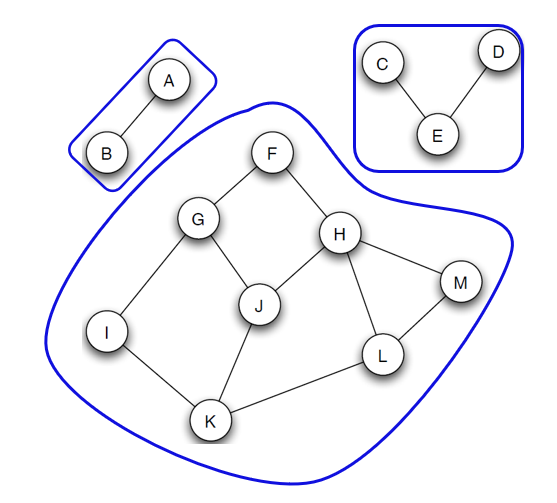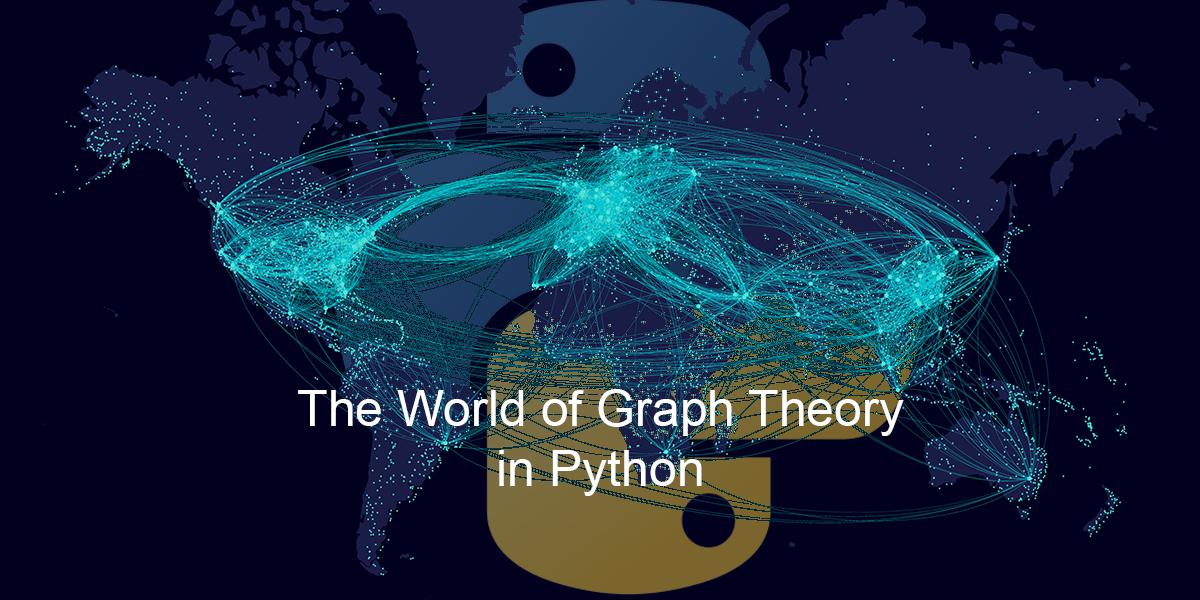How to do a graph on Python?
How to do a graph on Python?
I'd be happy to help!
Creating graphs in Python is quite straightforward using libraries like matplotlib and/or seaborn. Here's a step-by-step guide:
Step 1: Install the necessary library (matplotlib or seaborn)
You can install matplotlib using pip:
pip install matplotlib
or seaborn if you prefer:
pip install seaborn
Step 2: Import the necessary library
In your Python script, import the library you just installed:
import matplotlib.pyplot as plt
Or with seaborn:
import seaborn as sns
Step 3: Prepare your data (x-axis and y-axis values)
Let's assume we have two lists x and y, which contain the x-axis and y-axis values, respectively. You can create these lists manually or read them from a file/database.
Example:
x = [1, 2, 3, 4, 5]
y = [10, 15, 20, 25, 30]
Step 4: Create the graph
Use the plot() function to create the graph. You can customize the appearance of the graph using various options (e.g., title, labels, colors).
plt.plot(x, y)
Step 5: Add title and labels
Give your graph a title and label the x-axis and y-axis:
plt.title('Example Graph')
plt.xlabel('X-axis')
plt.ylabel('Y-axis')
Step 6: Show the graph
Finally, display the graph using show():
plt.show()
Here's the complete code:
import matplotlib.pyplot as plt
x = [1, 2, 3, 4, 5]
y = [10, 15, 20, 25, 30]
plt.plot(x, y)
plt.title('Example Graph')
plt.xlabel('X-axis')
plt.ylabel('Y-axis')
plt.show()
Additional tips:
You can create different types of graphs (e.g., line, scatter, bar) using various functions. For example,plt.scatter() for a scatter plot. Customize your graph further by adjusting the marker style, color, and size using options like marker, color, and markersize. Use the legend() function to add a legend to your graph.
Seaborn-specific tips:
With seaborn, you can create more complex graphs, such as box plots or bar plots with error bars. Use thesns.set() function to set the overall style of your plot (e.g., theme, color palette). Seaborn's plot() function is similar to matplotlib's, but it provides more built-in styles and themes for a wider range of graphs.
Now, go ahead and create some beautiful graphs with Python!
python graph theory

I apologize for the misunderstanding earlier!
Python is a popular programming language that has extensive libraries and tools for graph theory applications. In fact, Python's NumPy, SciPy, and NetworkX libraries make it an ideal choice for graph-based computations.
What is Graph Theory?

Graph theory is a branch of mathematics that studies the structure and properties of graphs, which are collections of nodes (vertices) connected by edges. Graphs can be used to model various real-world networks, such as social networks, transportation systems, biological pathways, or even computer networks.

Python Libraries for Graph Theory:
NetworkX: This is one of the most popular Python libraries for graph theory. NetworkX provides an efficient and flexible way to create, manipulate, and analyze graphs. It supports a wide range of algorithms for network analysis, including shortest paths, centrality measures, and community detection. SciPy: While not primarily designed for graph theory, SciPy's sparse matrix operations can be used to efficiently represent and manipulate large graphs. Additionally, some SciPy functions, likescipy.spatial.distance, can help compute various graph metrics. NumPy: As a fundamental library in Python, NumPy is essential for many graph-related computations. You can use NumPy arrays to represent graph nodes and edges, perform matrix operations, and even create custom algorithms for graph analysis.
Python Code Examples:
Here's a simple example of creating a directed graph using NetworkX:
import networkx as nxG = nx.DiGraph()
G.add_node('A')
G.add_node('B')
G.add_node('C')
G.add_edge('A', 'B', weight=2)
G.add_edge('B', 'C', weight=1)
G.add_edge('C', 'A', weight=3)
print(G.nodes()) # ['A', 'B', 'C']
print(G.edges()) # [('A', 'B'), ('B', 'C'), ('C', 'A')]
In this example, we create a directed graph G with three nodes ('A', 'B', and 'C') and three edges. Each edge has a weight associated with it.
Another example demonstrates how to compute the shortest path between two nodes using NetworkX's built-in algorithm:
import networkx as nxG = nx.DiGraph()
G.add_node('A')
G.add_node('B')
G.add_node('C')
G.add_edge('A', 'B', weight=2)
G.add_edge('B', 'C', weight=1)
G.add_edge('C', 'A', weight=3)
shortest_path = nx.shortest_path(G, source='A', target='C')
print(shortest_path) # ['A', 'B', 'C']
In this example, we compute the shortest path between nodes 'A' and 'C' using NetworkX's shortest_path function. The output is the sequence of nodes representing the shortest path.
Real-World Applications:
Python's graph theory capabilities have numerous applications in various domains, such as:
Social Network Analysis: Analyze social networks to understand community structures, identify influential individuals, and predict node centrality. Computer Networks: Model network topology, compute shortest paths between nodes, and optimize network routing. Bioinformatics: Study biological pathways, model protein interactions, and analyze genomic data using graph-based methods. Transportation Planning: Optimize routes for public transportation systems, predict travel times, and plan road networks.Conclusion:
Python provides an excellent environment for exploring graph theory concepts and implementing algorithms for various applications. With libraries like NetworkX, SciPy, and NumPy, you can efficiently represent and manipulate large graphs, perform computations, and analyze complex network structures. Whether you're working with social networks, computer networks, or biological pathways, Python's graph theory capabilities offer a powerful toolset for solving real-world problems.





























